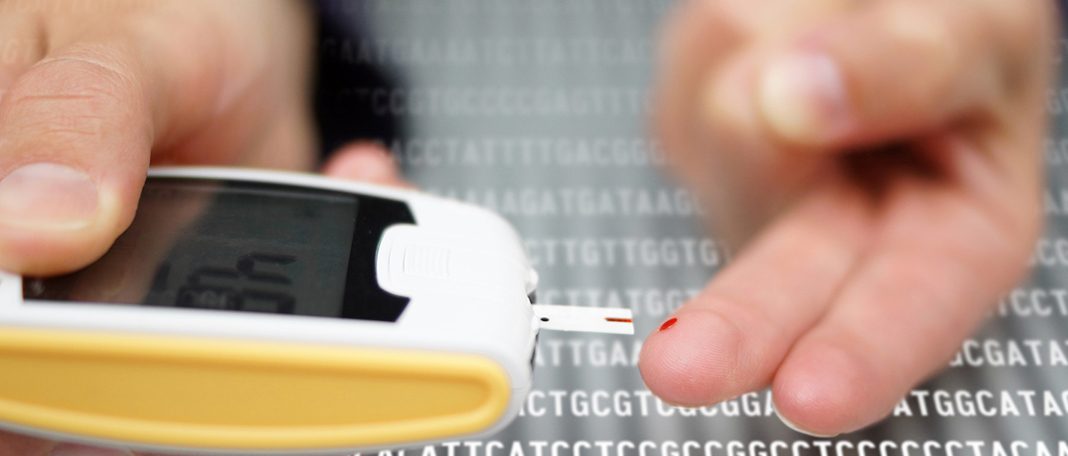Recently released data from a large clinical trial as part of the National Institute of Health’s (NIH) efforts has found two drugs to work the best in maintaining blood glucose levels in Type 2 Diabetes patients. The two popular diabetes drugs are Insulin glargine and Liraglutide.
Type 2 Diabetes in America
More than 37 million Americans have diabetes, and approximately 90 to 95% have type 2 diabetes. Such rates are a cause for alarm and growing concern about the disease.
Usually, metformin is the most common and first line of medication used to treat type 2 diabetes. Many physicians recommend this drug along with a combination of healthy diets and cardiovascular exercises to keep the health in check. But over time, people with diabetes require more than one medicine to control their condition. Hence the Glycemia Reduction Approaches in Diabetes: A Comparative Effectiveness (GRADE) Study was launched in 2013.
The study
The GRADE study spanned over a period of four years and involved 36 U.S. study centers, and enrolled 5,047 people with type 2 diabetes. The participants were from diverse racial and ethnic groups and already taking metformin.
Divided into four treatment groups, three groups took metformin plus another medicine that increased insulin levels, such as Sitagliptin, Liraglutide, or Glimepiride. The fourth group took metformin and Insulin Glargine U-100, long-acting insulin for diabetes.
All four medications used: sitagliptin, liraglutide, glimepiride, and insulin glargine, are approved by the U.S. Food and Drug Administration (FDA). Tested under FDA-approved clinical trials, the four drugs were found efficient in maintaining blood glucose levels within the recommended range, hence used.
Positive Findings
Regular follow-ups done with the participants for four years found the following:
- Participants taking metformin plus liraglutide to treat type 2 diabetes or insulin glargine achieved and maintained their target blood levels for the longest time in comparison to sitagliptin or glimepiride.
- Participants taking metformin plus liraglutide or insulin glargine maintained their blood glucose levels in the target range for an extra six months.
- Participants in the liraglutide group were least likely to experience any cardiovascular disease overall.
Negative Findings
- Even though liraglutide and insulin glargine performed much better than the other drugs used in the study, none of the combinations overwhelmingly outperformed the others.
- Nearly three-quarters of the participants could not maintain their blood glucose target over the four years.
- The difficulty in maintaining blood glucose levels that many patients with type 2 diabetes suffer with got highlighted.
Side effects of the drugs
- 2.2% of participants taking glimepiride got affected with severe hypoglycemia. It is a condition that causes low blood glucose reactions and is generally uncommon.
- Gastrointestinal symptoms were increasingly common with people taking liraglutide, compared to the other three treatment groups.
- Participants in all four treatment groups lost weight over the four years.
- People consuming liraglutide and sitagliptin lost more weight than others.
Limitations
Medications got frequently adjusted for the participants. This, “may not reflect the slow rate of medication adjustments in the clinical setting.”
No matter how effective these drugs are, nothing can beat eating well, exercising, and maintaining a healthy weight in order to control blood glucose levels.
Diabetes is not just a sugar problem, a multidimensional approach is definitely needed to treat it. Results from this study are expected to help physicians decide on the best medications for the treatment of type 2 diabetes. It may provide a new lens in viewing metformin and insulin as ‘only’ two popular diabetes drugs.


















